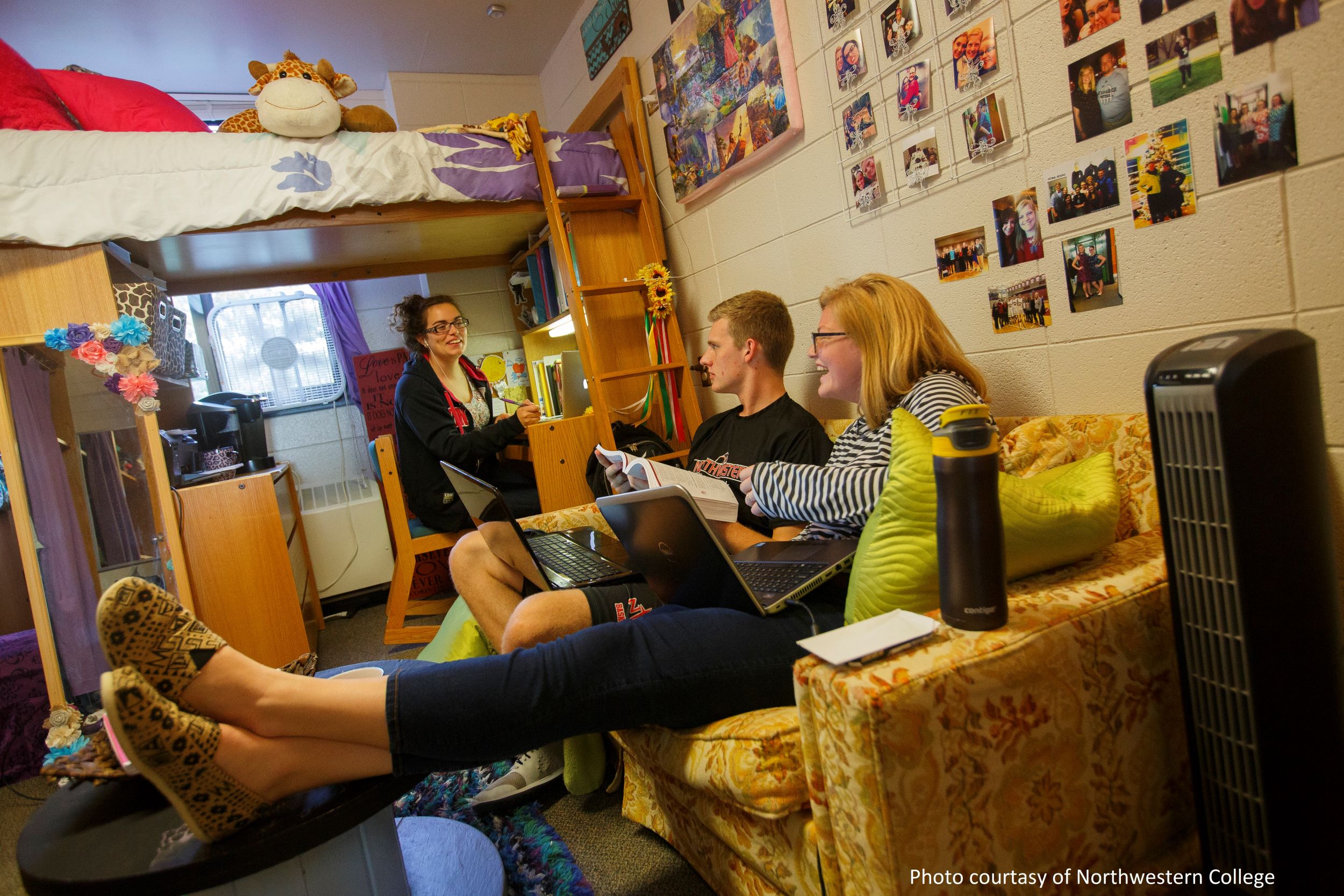According to a recent article published in Learning Communities Research and Practice, residential learning communities (RLCs; also known as Living-Learning Communities) continue to live up to their hype (Hurtado et al, 2020). RLCs have been touted as a best practice due to their high success rate in drawing students into the types of activities that lead to success in college. Considering the wide scope of changes that have recently occurred in college housing (e.g., increased amenities, outsourcing services, suites, and changes in technology), RLCs' continued effectiveness is not a foregone conclusion. With these changes in mind, University of Denver's Sarah Hurtado, along with Indiana University's Bob Gonyea, Polly Graham, and Kevin Fosnacht set out to investigate if RLCs were still an effective means of engaging students.
The news is good for RLC proponents: students who participated in RLCs were more engaged in effective educational practices than their on-campus peers who did not participate in an RLC. For this study, RLCs were defined as a residential program where students take at least one class together and attend common educational or social activities. Using data from an additional question set appended to NSSE in 2018, we compared the frequency of involvement in activities that occurred at a student's place of residence by RLC participation. RLC participants engaged in all activities included in this study at higher rates than non-participants (see Table 1).
Additionally, a multivariate analysis revealed that participating in an RLC was positively related to all the engagement outcomes studied, with the largest estimate associated with Student-Faculty Interaction. RLC participation was also positively associated with Collaborative Learning, Reflective & Integrative Learning, and Supportive Environment. RLC students also reported that their living environment helped them succeed academically at a higher rate than non-RLC students.
What does this all mean? From a high-level perspective, RLCs are still beneficial in getting students to engage in quality programming and to spend time with people who will likely help them be successful. The findings indicate that RLCs influence a wide variety of educational outcomes; however, they do not have a large influence on a specific domain. RLCs make classes, faculty, advisors, and academic support readily available to students where they live. With only 17% of the students in this study participating in RLCs, decision-makers should consider expanding RLC programming to extend benefits to more students. Of course, RLCs vary in quality and effectiveness, so expansion should be targeted, context-specific, and adhere to best practice recommendations. Institutional-level assessments can help identify how RLCs might be most effective on specific campuses. The takeaway? With intentional implementation, RLCs are a good investment and have staying power.
Table 1. Percentage of first-year and sophomore students who participated in selected activities in their place of residence by RLC participation
| Which have you done where you live? | non-RLC | RLC |
| Attended a class (not online) | 9 | 29 |
| Met with a faculty member | 10 | 26 |
| Met with an academic advisor | 7 | 18 |
| Used academic support services | 10 | 21 |
| Studied or worked on a project with other students | 35 | 53 |
| Attended social or co-curricular activities | 36 | 53 |
| Attended diversity-related activities | 11 | 22 |
| Attended health and wellness activities | 14 | 24 |
| None of these | 43 | 18 |
Note: All differences were significant at p < .001; Phi coefficients (a measure of association between two binary variables) for all but “None of these” ranged from .10 to .23 suggesting that these are small to moderate effects). The coefficient for “None of these” was -.20.
Table 2. Regression results for residential learning community participation
| Dependent variable | b | Sig. | R2 | N |
| Reflective & Integrative Learning | 0.14 | 0.000 | 0.05 | 12,336 |
| Collaborative Learning | 0.18 | 0.000 | 0.07 | 12,252 |
| Discussions with Diverse Others | 0.07 | 0.002 | 0.02 | 12,264 |
| Student-Faculty Interaction | 0.23 | 0.000 | 0.06 | 12,196 |
| Quality of Interactions | 0.09 | 0.003 | 0.02 | 12,104 |
| Supportive Environment | 0.11 | 0.000 | 0.02 | 12,319 |
| Perceived Gains: Co-curricular | 0.18 | 0.000 | 0.03 | 12,355 |
| Perceived Gains: Academic | 0.14 | 0.000 | 0.04 | 12,353 |
| Housing Impact: Academics | 0.25 | 0.000 | 0.02 | 12,327 |
| Self-reported grades | 0.12 | 0.000 | 0.17 | 12,334 |
Note: Models controlled for race/ethnicity, sex, class level, first-generation status, adult status, SAT/ACT score, major field, transfer status, educational aspirations, Greek-life participation, student athletics participation, part-time enrollment, time spent working, and average income in students' home communities; Models included institution-level fixed effects; Robust standard errors that accounted for the clustering of students within institutions; all dependent variables were standardized with a mean of 0 and standard deviation of 1. As all dependent variables were standardized, the coefficients represent the expected change in the dependent variable in standard deviation units when a student participates in an RLC.
Hurtado, S.S., Gonyea, R.M., Graham, P. A., & Fosnacht, K. (2020). The relationship between residential learning communities and student engagement. Learning Communities Research and Practice, 8(1), 5.


